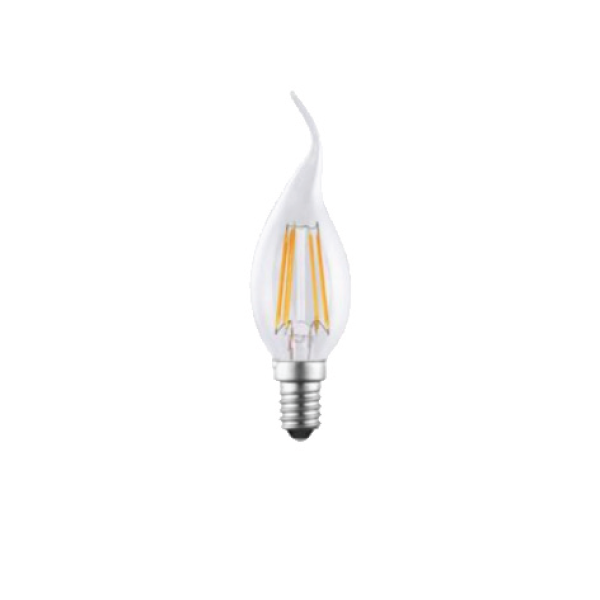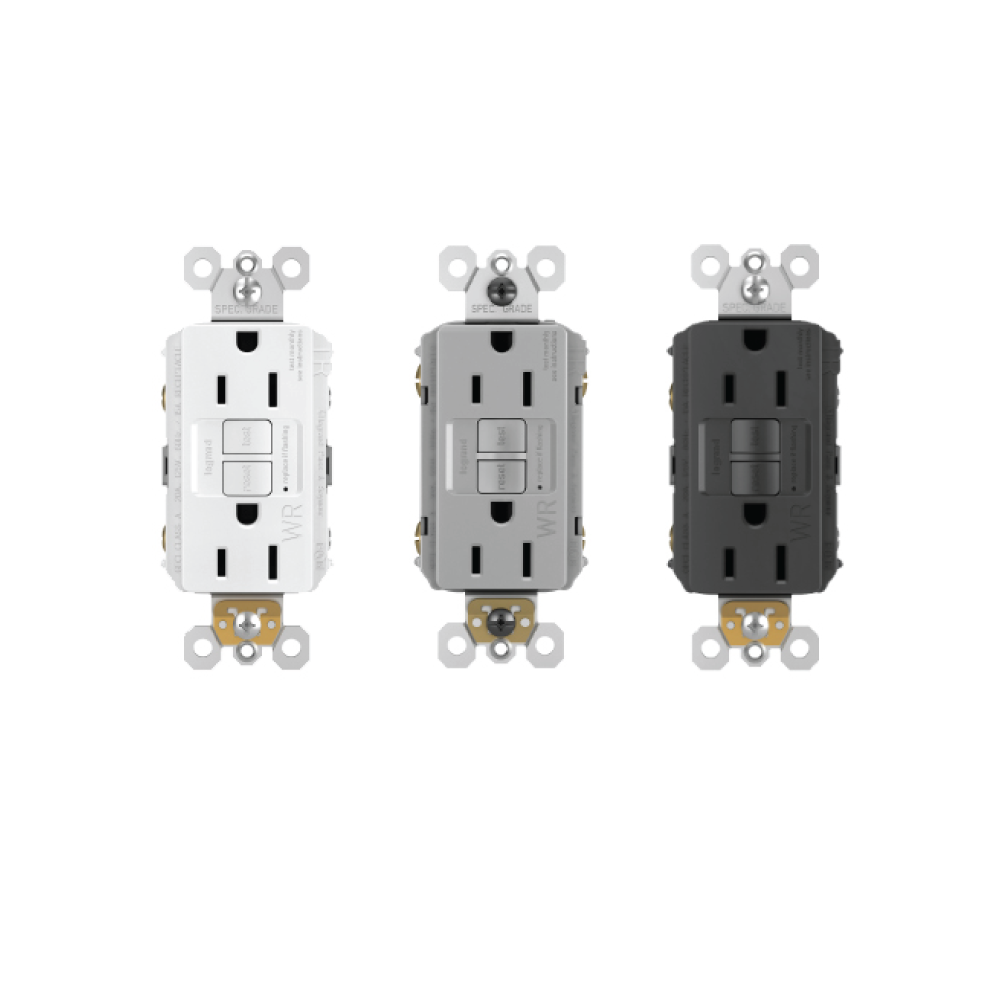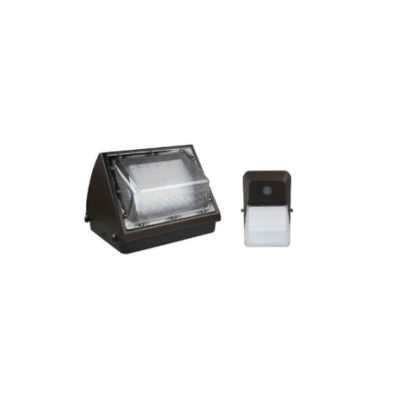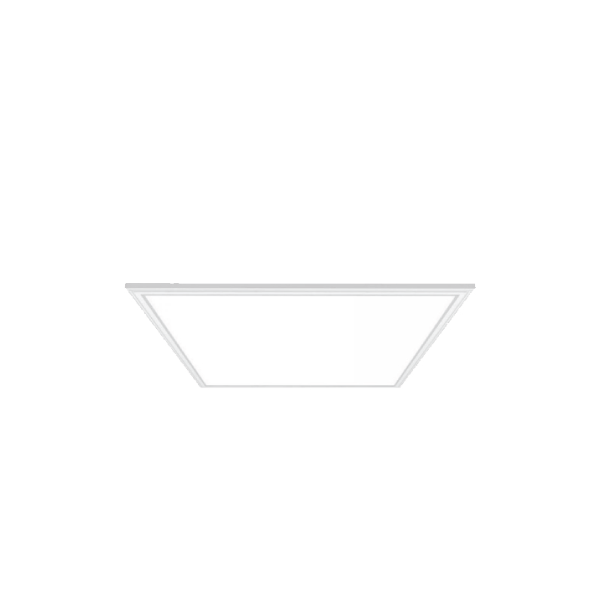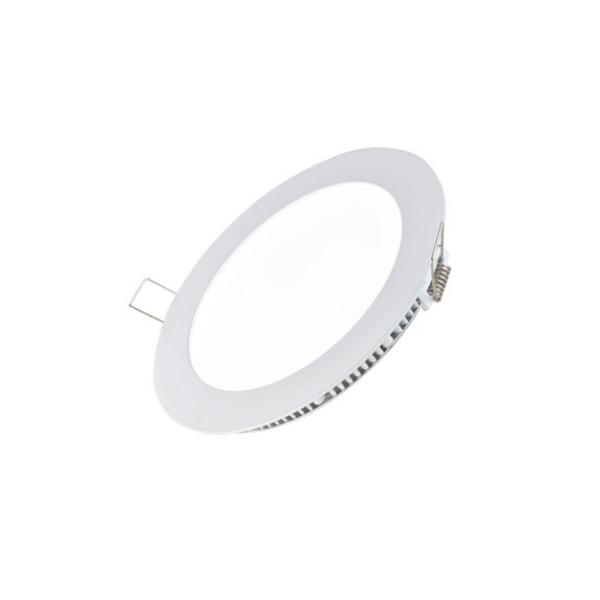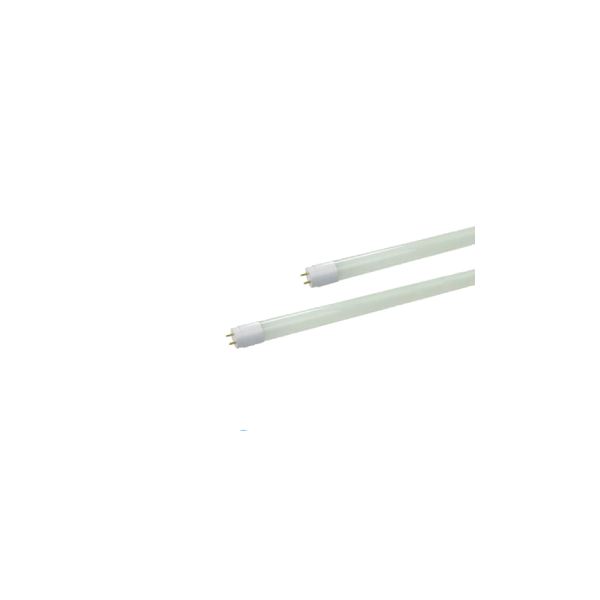We got answers!
Energy efficiency is still a young market in the Caribbean. We understand that switching from the normal energy products and services you have known for all of your life might seem intimidating, and you will have many questions.
You can still contact us if we haven’t answered your question below
A LED (Light-Emitting Diode) is a semiconductor device that produces light when an electric current flows through it.
As LEDs replace incandescent on store shelves, they are labels and other information on bulb packaging that will help you find the right light to replace the familiar glow from your favourite lamp.
- Purchase based on Lumens not Watts. Instead of watts, use lumens as the yardstick for brightness.
- Choose the light colour you want.
- Match the bulb shape to your fixture. LED bulbs come in all shapes, sizes and fixtures. If you have an existing fixture, make sure to get the bulb that fits correctly.
- Choose the right bulb for dimmers. The bulb of choice must be dimmable and also compatible with the dimmer switches in your home.
With greater advances in the technology, you can now get a range of styles including candles, recessed lights, flood lights, bulbs, spotlights and tubes. These have varying powers equivalent to everyday incandescent bulbs and can now be found with a variety of fittings, color temperatures, wattages, shapes and sizes.
You might be used to choosing light bulbs by their wattage. After all, the higher the wattage, the brighter the light – right?
Well, not exactly if you’re in the market for energy-saving LED lights. In fact, it’s the colour temperatures of LED lights that you need to look out for, which is also known as the ‘Kelvin’ or the value of a bulb.
LED colour temperature is measured in ‘Kelvins’ (K), and it’s Kelvins that determine what shade of white light your bulbs beams, ranging from ‘warmer’ colours reminiscent of traditional incandescent bulbs, to ‘cooler’ colours that are whiter in tone.
There are 4 main LED light colours to choose from, each with a different kelvin rating:
• Very warm white (under 2700K)
• Warm white (2700-3200K)
• Daylight (4000K-5000K)
• Cool white (5500K-6500K)
Can’t tell the difference between the black and navy colored socks in your walk-in closet? Could be that your current lighting source has a very low CRI! Not all light is made equal; some light renders color better than others. Color Rendering Index (CRI) is the measurement of how colors look under a light source when compared with sunlight. The index is measured from 0-100, with a perfect 100 indicating that colors under the light source appear the same as they would under natural sunlight.
This rating is also a measurement in the lighting industry to help discern naturalness, hue discrimination, vividness, preference, colour naming accuracy, and colour harmony.
Lights with a CRI that is measured greater than 80 are considered to be more than acceptable for most applications.
Lights with a CRI that is measured greater than 90 is generally considered “High CRI” lights.
While all of our strips have 80+ CRI ratings, our UltraBright™ High CRI Series strips boast 93+ CRI ratings. These lights have important applications especially for photography, retail display and grocery lighting, where accurate color presentation is key. High CRI lighting is equally valuable in-home use, as it can transform a room by highlighting design details and creating a comfortable, natural overall feel.
There are thousands of different dimmable LED light fixtures on the market, but only three major types of dimming methods: Mains Dimming, Dali or DMX.
Mains Dimming (Trailing Edge)
Mains Trailing Edge dimming can be used to dim most dedicated LED fittings when coupled to a mains dimmable driver. No extra control cable is required.
DMX
DMX is commonly used for colour programmable fittings. The DMX signal is generated by a lighting control system and requires dedicated cabling between the controller and driver. DMX is generally used with professionally designed lighting control systems.
DALI
DALI (Digital Addressable Lighting Interface) has been more commonly found in commercial environments and is a digital system. It is very flexible in its deployment and use. As with the 0-10V system it requires a control cable, but with
DALI this cable can be run between many fittings. DALI is generally used with professionally designed lighting control systems. We are increasingly using DALI in residential lighting projects for its superior dimming, flexibility, cost-effectiveness and simplified wiring structure.
Dimmable lighting is a practical and beautiful way to enhance your home. The convenient and flexible lighting of dimmable LEDs allows you to set the scene simply and beautifully.
To understand LED light benefits, it’s important to understand the difference between the two bulbs. LED light bulbs produce light when an electrical current passes through them. In CFL bulbs, an electric current flows between electrodes at each end of a gas-filled tube. The reaction creates ultraviolet light and heat, which is then changed into light when it hits a phosphor coating on the bulb’s interior. This process takes anywhere from 30 seconds to 3 minutes to complete, according to ENERGY STAR, which is why it can seem as if your CFL light takes a while to be fully lit.
CFLs use 25-35% of the energy used by incandescent bulbs, but if you really want to make the biggest environmental impact on the environment, choosing LEDs is the way to go. Residential LEDs, especially those rated by ENERGY STAR, use more than 75% less energy and last 25 times longer than incandescent lighting. Energy.gov notes that by 2027 widespread use of LEDs could save about 348 TWh of electricity, the equivalent of annual electrical output of 44 electric power plants (1000 megawatts each). It’s also a total savings of more than $30 billion at today’s electricity prices.
Here are some other differences to keep in mind when examining CFL vs LED bulbs:
LEDs emit very little heat. In contrast, incandescent bulbs release 90% of their energy as heat, CFLs release about 80% of their energy as heat, according to Energy.gov. Another LED light benefit is that LEDs, because they emit light in a specific direction, do not need diffusers or reflectors that trap lights. This helps increase LED efficiency for uses such as downlights (recessed downlights are common in residential kitchens, hallways and bathrooms) or task lighting.
LED (Light Emitting Diodes) is the newest and most exciting technological advance in the lighting industry, which appeared relatively recently and gained popularity in our market because of its advantages – high quality illumination, long life and endurance.
Light-emitting diodes are an essential element used in electronics for many years, but only recently they gained its popularity due to high power LEDs, giving light strong enough to be used as substitutes for mercury fluorescent lamps, incandescent lamps or so-called energy saving fluorescent bulbs.
At this moment, there are LED sources and modules available on the market, which are strong enough to be used as infrastructure lighting such as street or park lighting, and even architecture lighting of office buildings, stadiums and bridges. They also prove to be useful as a primary source of light in production plants, warehouses and office spaces.
Long service life – it is one of the greatest benefits of LED lights. LEDs used in this type of lighting have a high work efficiency.
Efficiency – LEDs are currently the most energy-efficient source of much less energy consumption (electricity) than incandescent, fluorescent, metal halide or mercury lamps, within the luminous efficiency of 80-90% for traditional lighting.
Ecology – the advantage of the LED lighting is also the fact that LEDs do not contain toxic materials such as mercury and other metals dangerous for the environment, in contrast to the energy-saving lamps and are 100% recyclable, what helps to reduce carbon dioxide emissions.
Video surveillance can be considerably improved by using LED lighting. The low-voltage, solid-state technology includes both infrared and white lighting capabilities, and the “green factor” of LED lighting’s low power consumption makes it financially feasible to establish lighting levels high enough to ensure quality images commensurate with camera capabilities.
In addition to video surveillance improvements, white LED can provide significant safety improvements and a higher comfort level for individuals who are on-property in late evening and nighttime hours.
Exterior light fixtures look more rugged than interior ones for two reasons: they are generally made of noncorrosive material and are able to withstand the elements. The second is that they are well sealed to keep water from coming in contact with the electric parts inside. The only other significant difference between the two types of fixtures is that they are sometimes designed to mount to different types of surfaces. Otherwise, they use identical bulbs, draw the same amount of power and connect to power the same way.
While it’s generally safe to operate an exterior light fixture indoors, the reverse isn’t necessarily true — you can’t use most interior fixtures outdoors. They aren’t sealed against moisture and will probably stop working during the first heavy rain. Moreover, they aren’t corrosion resistant and could become electrocution hazards if the parts that cover the electrical connections deteriorate. You may be able to use certain interior fixtures, which are UL-rated as “damp,” in covered porches or other covered outdoor areas. If you aren’t sure about a fixture’s rating, it’s better to find a suitable place for it indoors.
Many people have two main questions when switching to energy efficient lighting:
- Can they keep their existing fixtures, or do they need to replace all of their current lighting equipment with a LED light fixture?
- What type of lighting technology should they switch to?
In many situations, the most accessible option that’s suitable for a huge variety of uses is LED technology. So, is making your property’s lighting more energy efficient as simple as switching to LED bulbs? In some circumstances the answer is yes. However, many fixtures will need to be either retrofitted with LED modules or replaced with new LED fixtures.
The long lifespan of LED light bulbs is one of their biggest benefits. Unlike halogen or incandescent bulbs, LEDs do not require frequent maintenance and once installed will not need replacing for years. LED light bulbs last so much longer because, unlike incandescent bulbs, they do not produce light by heating a filament, a delicate component that inevitably burns out.
Even though LED lighting products should present an advantage in exceptional reliability, either with very long lifetime, as required in general lighting, or with profound robustness required in automotive lighting, developing widely-acceptable LED lighting product-level reliability standards has been challenging in the industry. In past years, the focus has been at the component level: e.g., LED source lumen maintenance test (ANSI/IES LM-80), lumen maintenance projection (IES TM-21), catastrophic failure rate projection (IES TM-26), driver robustness test (ANSI C82.16) and for solid-state lighting (SSL) at the lamp or luminaire level.
Light bulbs that use LED technology not only bring down your energy bills but are also more environmentally friendly when compared to incandescent bulbs and compact fluorescent lights (CFLs). Both the manufacture and use of LED bulbs causes less damage to the environment than the other two alternatives.
For starters, a 6-to-8-watt LED bulb, with a light output of 800 lumens, will last for 50,000 hours. In comparison, incandescent bulbs last 1,200 hours and consume 60 watts, while CFLs last for 8,000 hours and use 13-15 watts.
LED bulbs consume less power per unit (lumen) of light emitted. This reduces greenhouse emissions from power plants. Carbon dioxide emissions for LEDs are also low. Roughly, one LED bulb will minimize greenhouse gas emissions by almost half a ton.
At Caribbean led lighting Inc. (CLL) we are very proud of our products and we are confident that you will enjoy years of very effective energy efficient lighting. CLL warrants that the products are free from manufacturing defects in material and workmanship under standard use and service for a warranty period as stated on the product web page or invoice from the date of purchase by the original end user. CLL will replace, repair or provide equivalent product, or may choose to compensate the purchase price if other options are not feasible. CLL’s sole liability, with respect to any defect, shall be for the replacement of the defective products once returned to factory. Our LED streetlights are covered under a 10 or 20 year limited warranty while all our other product are covered by a 1-5 year warranty.



